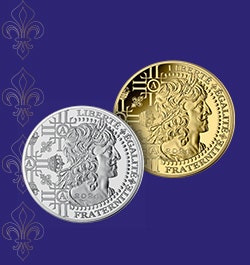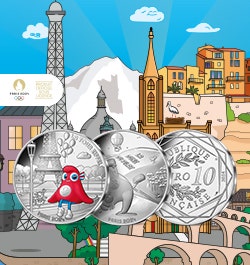The museum route has been designed to promote user-friendly experiences that encourage sharing and inter-learning (in-situ screens of sufficient size for two or three people to consult them together), with several levels of reading and consultation (handling, spectator, etc). The texts respect good editorial practices as much as possible: simple short sentences using familiar and tangible vocabulary, simple constructions (active form, limitation of the noun, etc.) and the creation of a glossary available on all interactive terminals.
The multimedia design has followed good practices: the development of simple interfaces that limit the time spent getting to grips with the tool via a ‘flat’ content tree structure, the possibility of returning to the homepage at any time, animated ‘instructions’, simple text + images when needed.
Particular attention has been paid to designing an ergonomic and graphic charter, which has been followed throughout the museum.
Ten plates in Braille and large print and three-dimensional designs throughout the course on the main themes, providing a simplified and graphic reading of the themes (see ‘For blind and visually impaired visitors’, above).
Objects to touch and practical experiments (pantograph, hammer striking, screw-press striking etc.), enabling the visitor to participate fully in the experience, provide step-by-step explanations of the processes and mechanisms of making coins, medals, decorations and decorative cast iron.
Finally, educational or historical videos have a player that enables you to pause the video at any time to provide additional information or go back.



